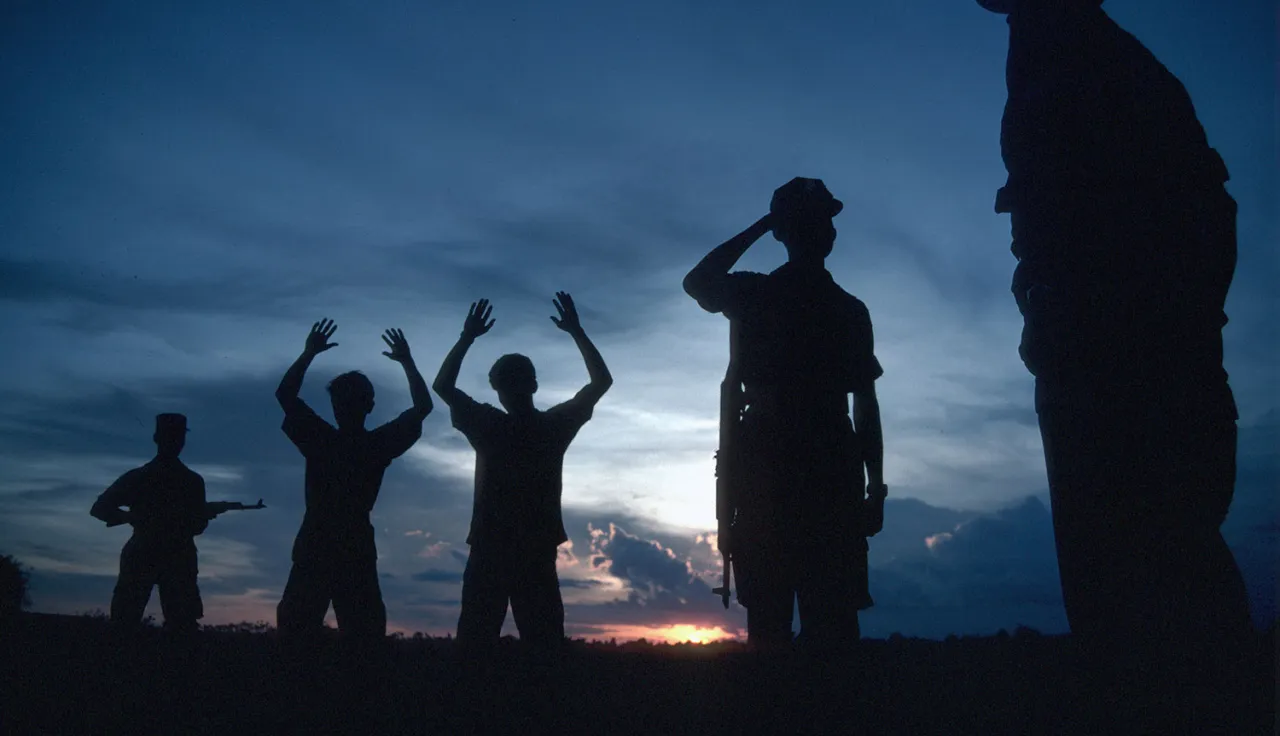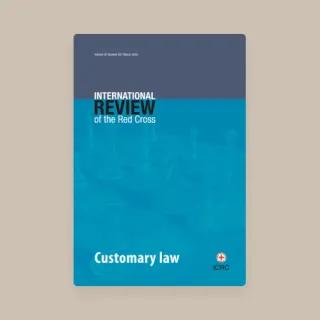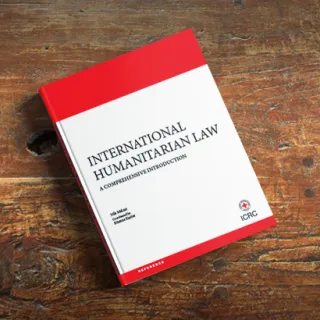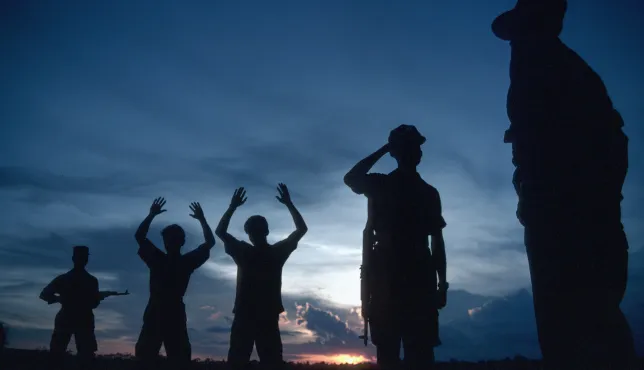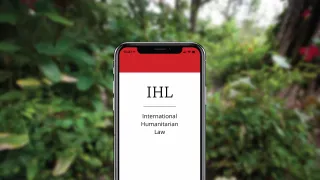What is customary international law?
Both treaty law and customary international law are sources of international law. Treaties, such as the four Geneva Conventions of 1949, are written conventions in which states formally establish certain rules. Treaties are binding only on those states that have expressed their consent to be bound by them, usually through ratification. Customary international law, on the other hand, derives from "a general practice accepted as law". Such practice can be found in official accounts of military operations but is also reflected in a variety of other official documents, including military manuals, national legislation and case law. The requirement that this practice be "accepted as law" is often referred to as opinio juris. This characteristic sets practices required by law apart from practices followed as a matter of policy, for example.

